Brussels Sprouts (Brassica Oleracea) Profile
Written by Iris
Aug 05 2021
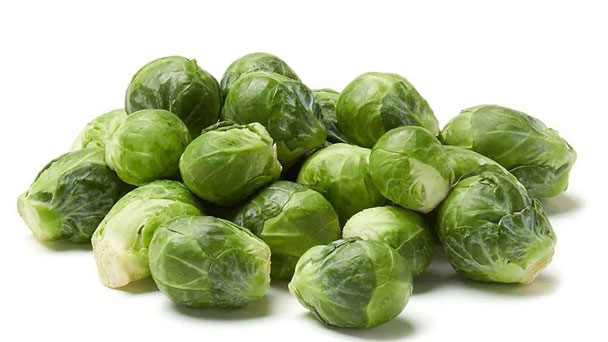
Brussels sprouts are the cultivated variety of wild cabbage (Brassica oleracea), derived from the same plant species as cabbage, broccoli, cauliflower, kale, kohlrabi and many other popular food crops. Brussels sprouts provide us with a variety of foods.
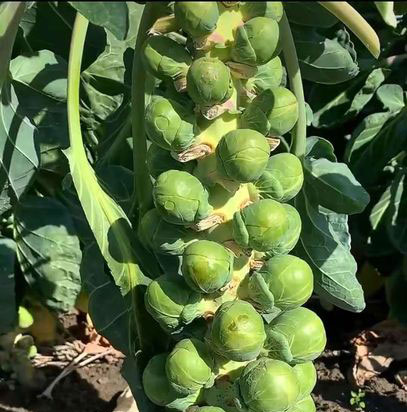
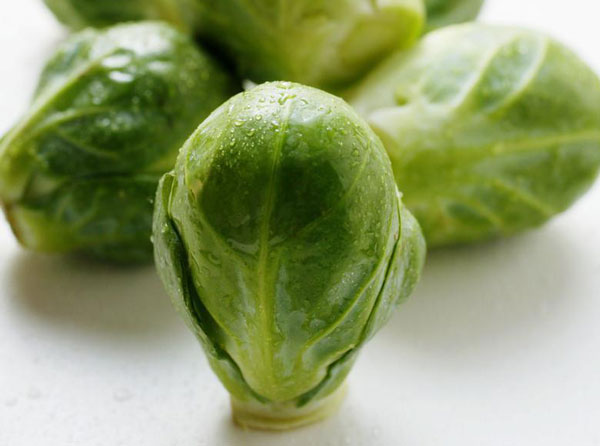
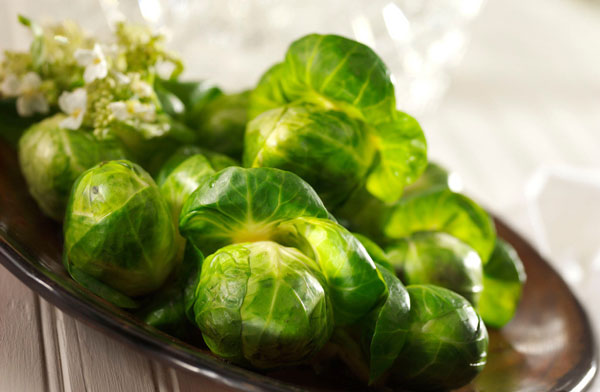
Unlike most green vegetables, Brussels sprouts are rather high in protein. Although the protein is incomplete—lacking the full spectrum of essential amino acids—a serving of whole grains will make them complete. As a member of the cabbage family Brussels sprouts are a cruciferous vegetable. Current research suggests vegetables in this group offer protection against some forms of cancer.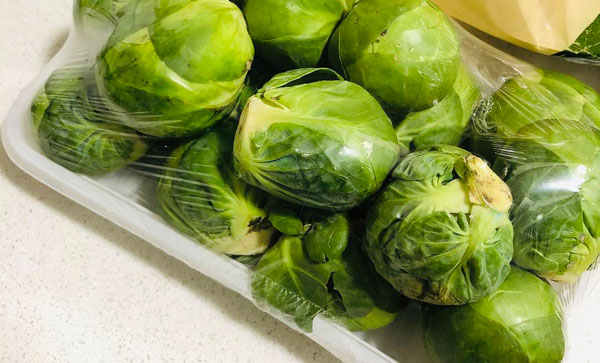
‘Diablo’ is known as a heavy producer.
‘Falstaff’ has a red/purple hue that holds when cooked
‘Jade Cross’ is a high-yield compact plant, resistant to some diseases and known for its tolerance for hotter weather.
‘Oliver’ is an early-maturing variety with a shorter growing season requirement (80–90 days).
‘Long Island Improved’ is an heirloom and a compact plant that prefers a cool summer.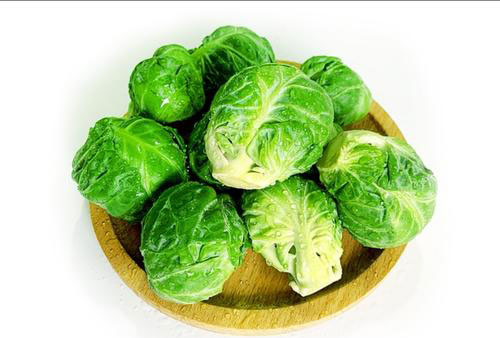
Brussels Sprouts (Brassica Oleracea) PictureBrussels Sprouts (Brassica Oleracea) InfoBrussels Sprouts (Brassica Oleracea) HistoryEcological Habits of Brussels Sprouts (Brassica Oleracea)How to Grow and Care for Brussels Sprouts (Brassica Oleracea)Harvesting Brussels Sprouts (Brassica Oleracea) Uses of Brussels Sprouts (Brassica Oleracea)Varieties of Brussels Sprouts (Brassica Oleracea)Brussels Sprouts (Brassica Oleracea) Companion Plants
Brussels Sprouts (Brassica Oleracea) Picture

Brussels Sprouts (Brassica Oleracea) Info
| Botanical Name | Brassica oleracea (Gemmifera group) |
| Common Name | Brussels sprouts |
| Plant Type | Annual vegetable |
| Mature Size | 30 in. tall, 8 to 12 in. wide |
| Sun Exposure | Full sun |
| Soil Type | Loamy |
| Soil pH | Neutral (6.5 to 7) |
| Bloom Time | Non-flowering |
Brussels Sprouts (Brassica Oleracea) History
In the 13th century brussel sprouts were cultivated near Brussels, from which they got their name. Early ancestors of the brussel sprout were believed to have been grown in ancient Roman times before they were popularized in Europe and the rest of the world. After being grown for centuries, Thomas Jefferson introduced Brussels sprouts to America in the early 1800's.Ecological Habits of Brussels Sprouts (Brassica Oleracea)
Brussels sprouts are a cool weather crop that grows best around 60-65° F. They are one of the last crops in the garden and can even survive the winter if conditions are favorable. Usually treated like broccoli or cauliflower, Brussels sprouts prefer well-drained soil that doesn't require too many nutrients. Too much nitrogen produces lots of leaves, but not too many shoots. They want regular and generous watering. Harvesting usually starts around mid-October, and if you harvest a single bud instead of a whole stem, you can survive the winter for a few years.
How to Grow and Care for Brussels Sprouts (Brassica Oleracea)
How to Grow Brussels Sprouts (Brassica Oleracea)
- With Seeds
How to Care for Brussels Sprouts (Brassica Oleracea)
- Light
- Soil
- Water
- Temperature and Humidity
- Fertilizer
- Pruning

Harvesting Brussels Sprouts (Brassica Oleracea)
Once your Brussels sprout plant has matured, it will look like a tall green tower with knobs and leaves. The knobs will be the Brussels sprouts you eat. Once the knobs have reached about 1 to 1 1/2 inches (2.5-4 cm.) wide and are firm when you squeeze them, they are ready to harvest. When harvesting Brussels sprouts, work from the bottom of the plant up. The bottom sprouts will be ready first. Use a sharp knife and cut the ready Brussels sprouts off the vertical main stem. We hope that this has helped you learn more about how to grow Brussels sprouts. Growing Brussels sprouts in your garden is both rewarding and delicious.Uses of Brussels Sprouts (Brassica Oleracea)
Nutritional ValueUnlike most green vegetables, Brussels sprouts are rather high in protein. Although the protein is incomplete—lacking the full spectrum of essential amino acids—a serving of whole grains will make them complete. As a member of the cabbage family Brussels sprouts are a cruciferous vegetable. Current research suggests vegetables in this group offer protection against some forms of cancer.

Varieties of Brussels Sprouts (Brassica Oleracea)
‘Churchill’ is an early maturing plant, adaptable to most climates.‘Diablo’ is known as a heavy producer.
‘Falstaff’ has a red/purple hue that holds when cooked
‘Jade Cross’ is a high-yield compact plant, resistant to some diseases and known for its tolerance for hotter weather.
‘Oliver’ is an early-maturing variety with a shorter growing season requirement (80–90 days).
‘Long Island Improved’ is an heirloom and a compact plant that prefers a cool summer.
Brussels Sprouts (Brassica Oleracea) Common Pests/Diseases
- Club root
- Cabbage root fly
- Caterpillars

Brussels Sprouts (Brassica Oleracea) Companion Plants
The number one goal for companion planting near Brussels sprouts is to help repel insects like cabbage moths. Strong-scented herbs and flowers will really help here. We interplant our Brussels sprouts with dill and marigold, but other strongly-scented plants like sage, thyme, or tansy will also work.
Latest Updated
- Benefits of Bugleweed - 7 Science-backed Health Benefits
- Bugleweed Dangers & Side Effects - Is It Poisonous?
- How to Plant Evergreen Trees - What You Should Know
- When to Plant Evergreens - Grow Guide for Evergreen Trees
- 12 Wonderful Evergreen Shrubs for Your Garden
- 12 Popular Evergreen Plants with Pictures for Beginners
- When And How To Prune A Lilac Bush Like a Pro
- How to Grow & Care for Lilac Vine (Hardenbergia Violacea)
- Japanese Lilac Tree (Syringa Reticulata) Care & Propagation Guide
- Shumard Oak Pros and Cons - What to Know
Popular Articles
- Winter maintenance of Antirrhinum Majus
- How to Grow Terminalia Mantaly Tree
- How to Grow and Care for Crossostephium Chinense
- How to grow Antirrhinum Majus in spring
- Peristeria Elata (Dove Orchid) Profile: Info & Care Guide
- Underwatered Snake Plant (Sansevieria Trifasciata) - Signs And How To Fix
- How to Care for Brazilian Jasmine Plant (Mandevilla Sanderi)
- How to Grow & Care for Graptopetalum Purple Delight in Summer
- Rosa Chinensis (China Rose): Plant Growing & Care Tips
- How to Care for Baby Sun Rose (Aptenia Cordifolia)